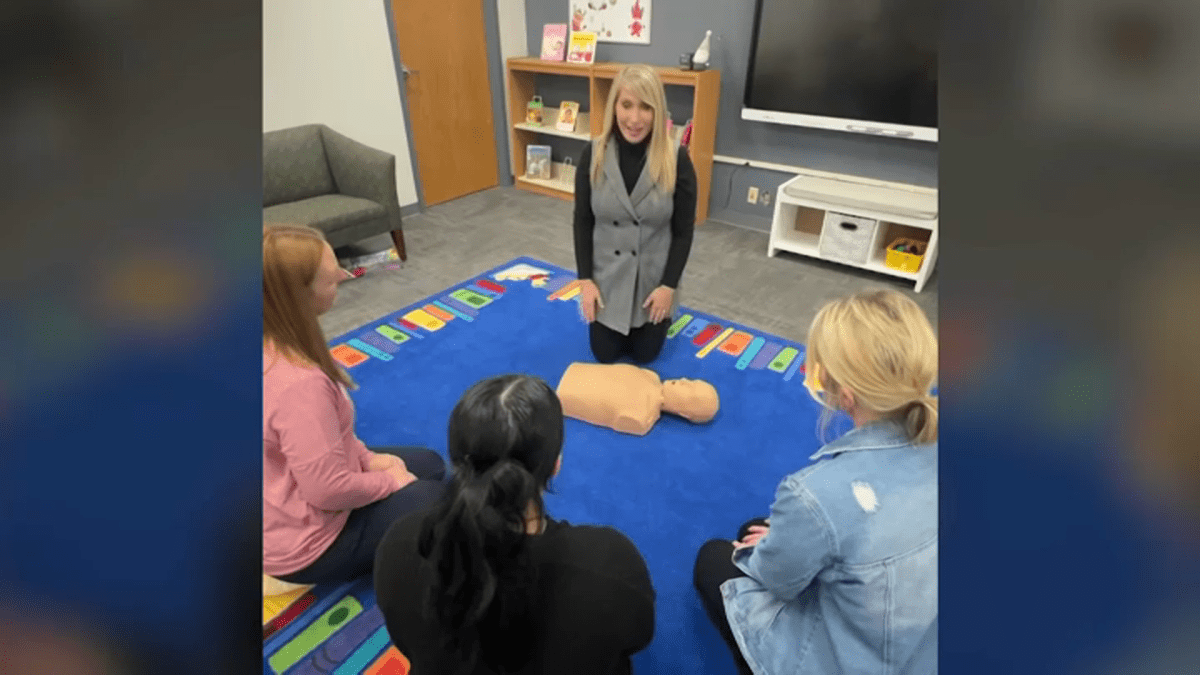Cheating Death: Survivors Turn Personal Battles into Heart Health Mission

When life hangs in the balance, a single breath of hope can make all the difference. For cardiac arrest and heart attack survivors, that hope often comes in the form of cardiopulmonary resuscitation (CPR) - a critical intervention that transforms tragedy into survival.
Though cardiac arrest and heart attacks might sound similar, they are distinct medical emergencies with unique characteristics. A cardiac arrest occurs when the heart suddenly stops beating, causing an immediate loss of consciousness and pulse. In contrast, a heart attack happens when blood flow to the heart is blocked, causing heart muscle damage.
Despite their differences, these life-threatening conditions share one powerful commonality: the potential to be reversed by quick, skilled CPR. Survivors' stories reveal how this emergency technique can mean the difference between life and death, turning a potential fatal moment into a second chance.
Each CPR success represents more than a medical procedure - it's a testament to human compassion, preparedness, and the extraordinary power of immediate action. Whether performed by trained medical professionals or quick-thinking bystanders, CPR stands as a beacon of hope in our most critical moments.
Learning CPR isn't just a skill; it's a potential lifeline that could one day save someone you love.

